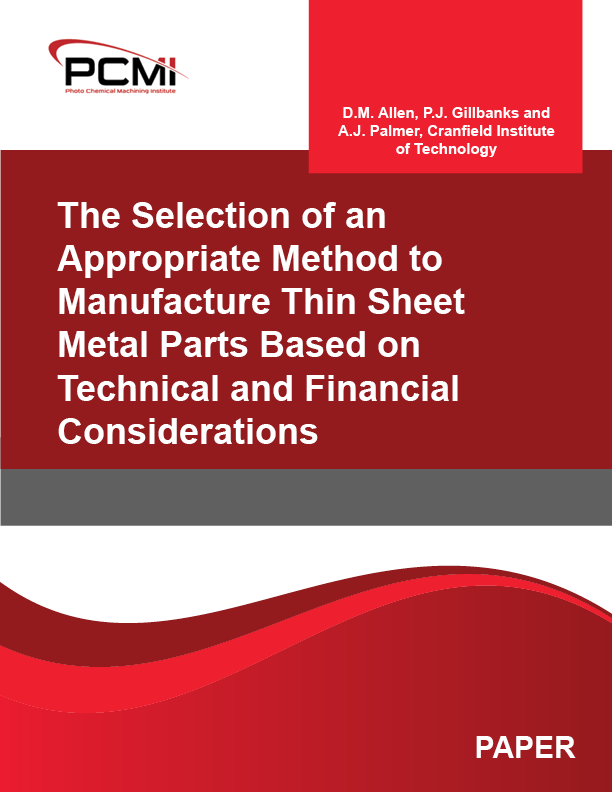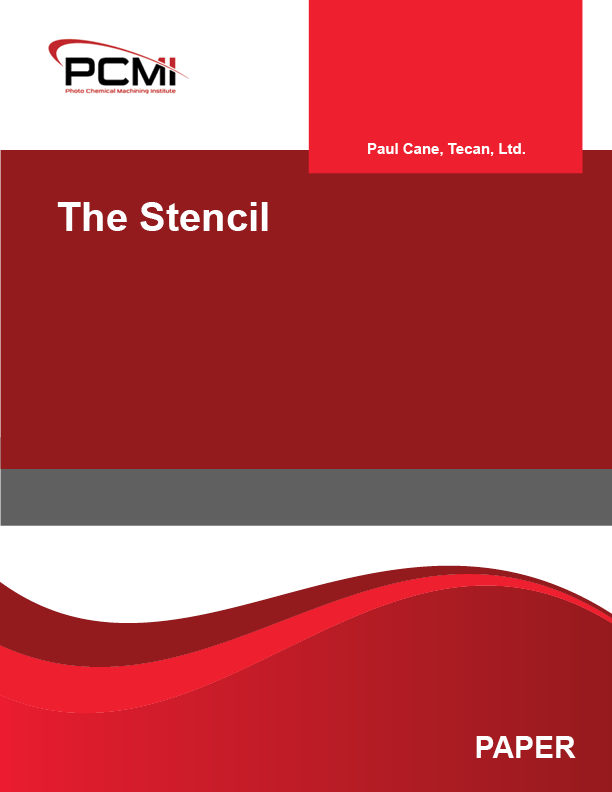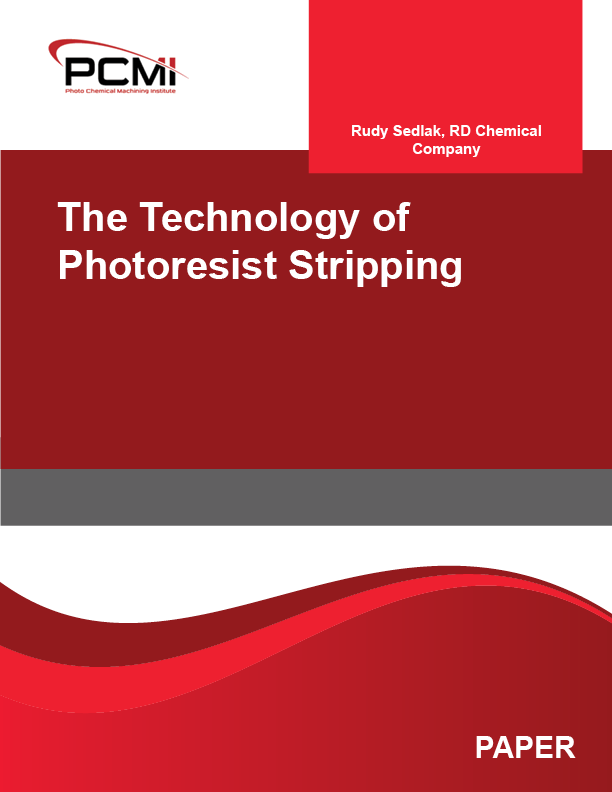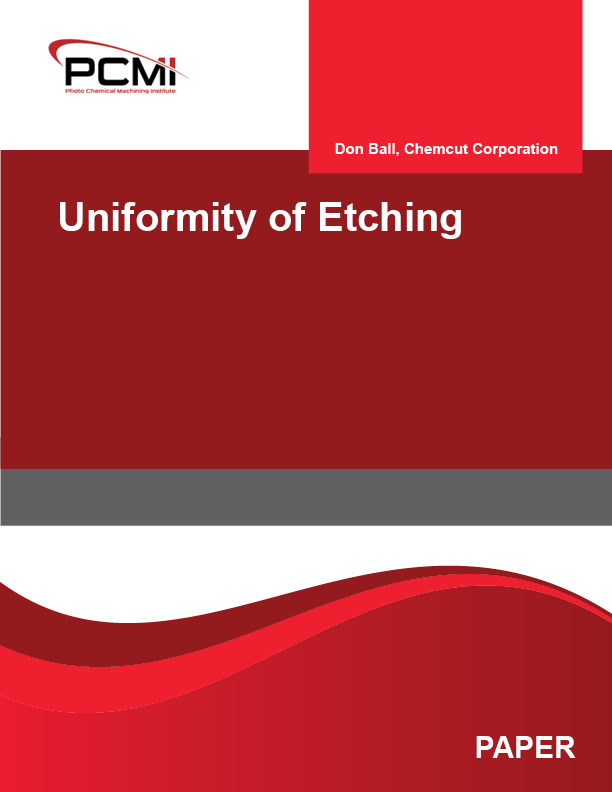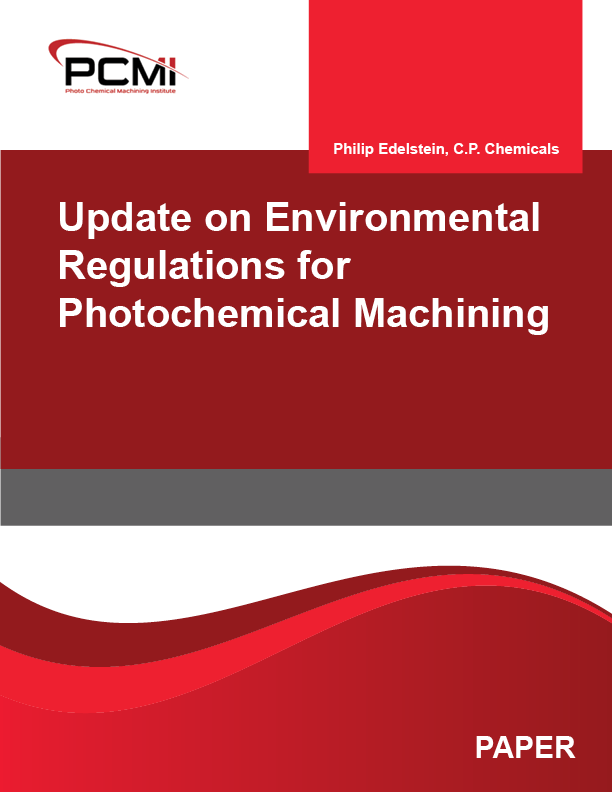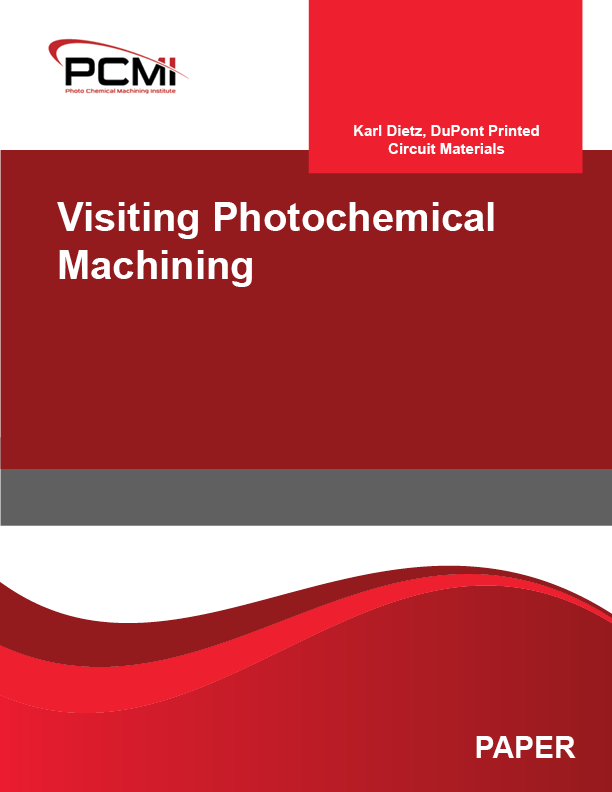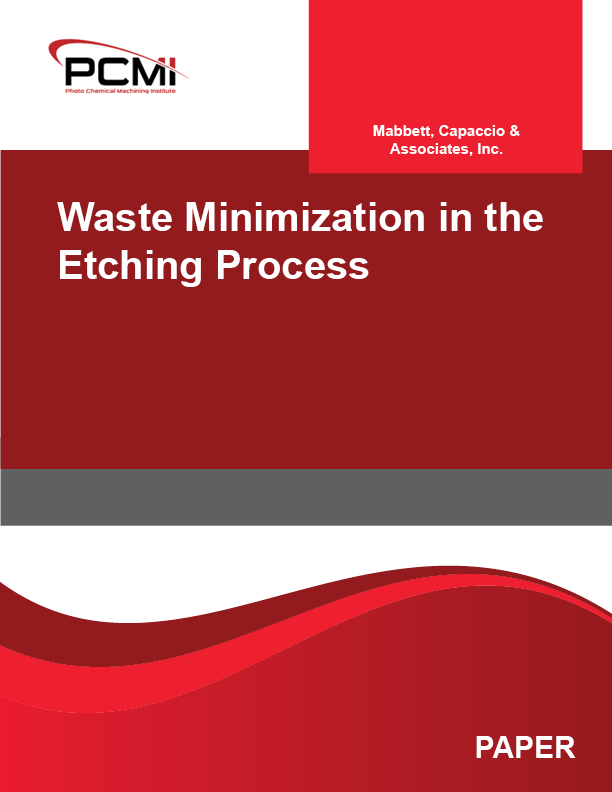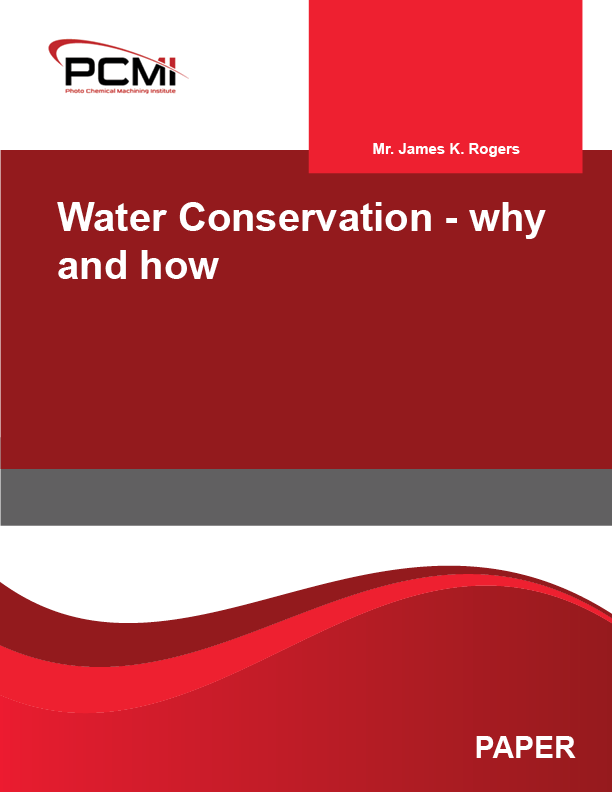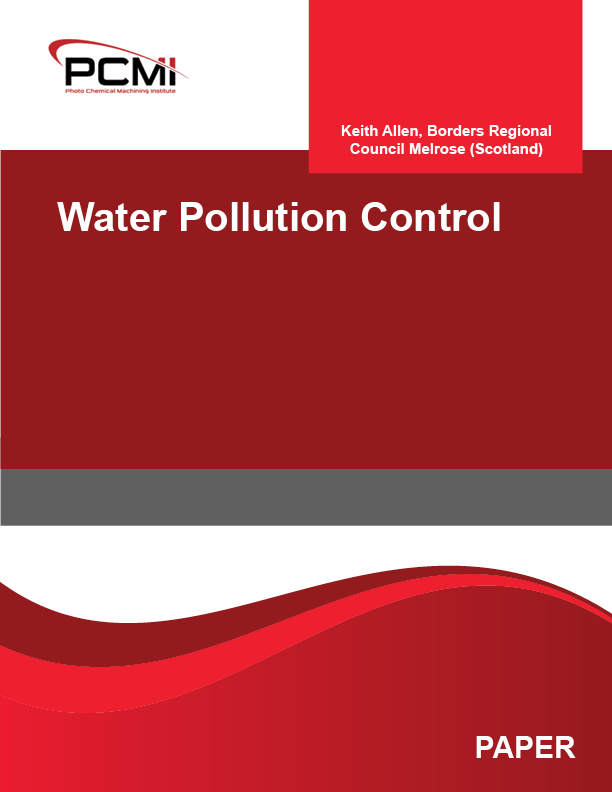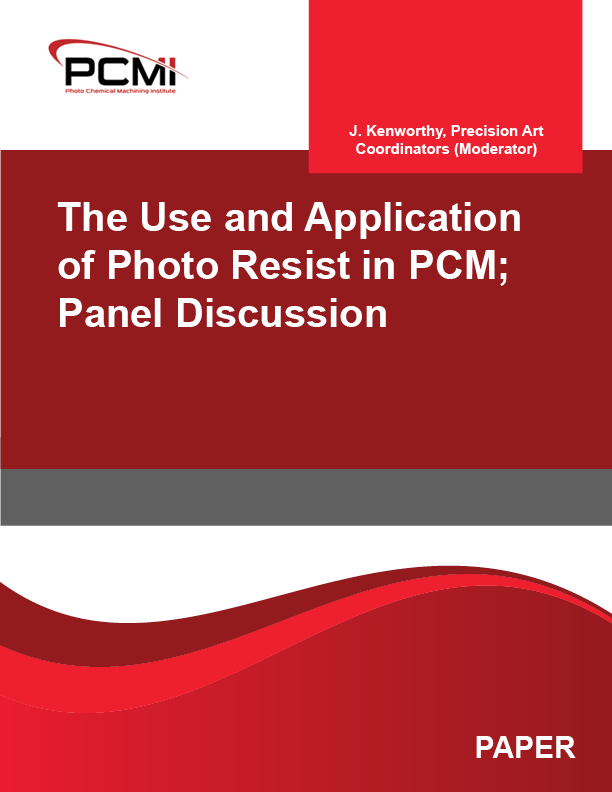
Hull Cell Investigations of Electrostructuring and Electropolishing
As we started the investigation of the electrochemical removal processes Electrostructuring and Electropolishing there was the need to find a simplistic method to examine many different electrolytes and several combinations of materials and solutions. Since the Hull Cell has been used to examine electrodeposition processes very successfully [1}, we had the idea to use it for the investigation of our electroremoval processes. In the past, the Hull Cell has been applied to electropolishing (1,2], but it had never been used to examine the electrostructuring process systematically. Electrostructuring was developed out of the electropolishing process (3). In both cases surface areas of an anodic metal workpiece are removed under help of a specific electrolyte. As a high dissolution rate and an optimal surface quality with mirror finish is wanted, both removal processes are established in the transpassive zone of the current density voltage curve. In case of brass dissolution the reactions shown in picture 1 take place. Copper and zinc dissolve as bivalent ions. In the transpassive zone oxygen is developed at the anode and hydrogen is generated at the cathode. Besides the more noble copper deposits at the cathode. Areas, which should not be removed, were covered with special screen printing lacquer, varnish, adhesive tape or photoresist. In this way embossed structures are produced.
$60.00

